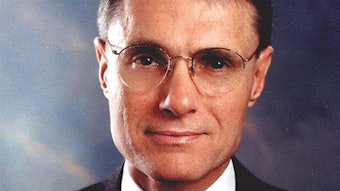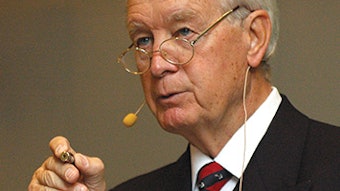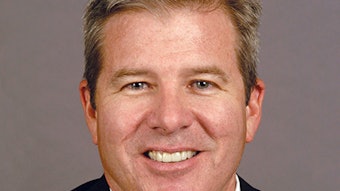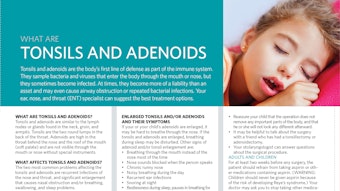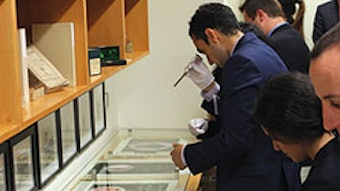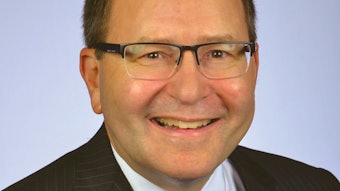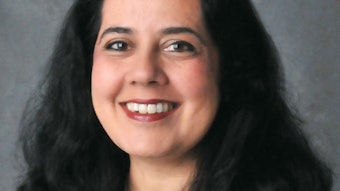Academy imaging advocacy update
In May 2016, Academy leaders held a call with leaders from the Society of University Otolaryngologists-Head and Neck Surgeons (SUO), Association of Academic Departments of Otolaryngology-Head and Neck Surgery (AADO), and Otolaryngology Program Directors Organization (OPDO) to discuss residency imaging education in response to payer concerns that non-radiology specialists, including otolaryngologist-head and neck surgeons, are performing imaging services without the proper training.
In May 2016, Academy leaders held a call with leaders from the Society of University Otolaryngologists-Head and Neck Surgeons (SUO), Association of Academic Departments of Otolaryngology-Head and Neck Surgery (AADO), and Otolaryngology Program Directors Organization (OPDO) to discuss residency imaging education in response to payer concerns that non-radiology specialists, including otolaryngologist-head and neck surgeons, are performing imaging services without the proper training. The Academy and SUO/AADO/OPDO agreed that a survey of current residency imaging education practices and active review of diagnostic radiologic studies would be helpful information to provide to private payers in response to their concerns.
This call was a culmination of efforts that began in the fall of 2015, when the Imaging Committee Chair, R. Christopher Miyamoto, MD, initiated outreach to SUO/AADO/OPDO leaders to request collaboration on how best to advocate for services that fall within the scope of otolaryngology-head and neck surgery and how to provide information to private payers that would reflect that residents are trained to perform and interpret diagnostic radiologic studies of the head and neck, sinus, and temporal bone.
Along with resident education efforts, the Academy has also been working to address nationwide imaging service coverage issues with several private payers through intra- society coalition efforts to ensure that otolaryngologist-head and neck surgeons with International Accreditation Committee (IAC) accreditation continue to receive proper reimbursement for the professional and technical component of CT procedures.
Beginning in May 2015, Dr. Miyamoto and Gavin Setzen, MD, past imaging committee chair, and Health Policy staff led a coalition effort with the IAC and American Association of Oral and Maxillofacial Surgeons (AOMS) to develop additional strategy in advocacy efforts with private payers. This effort resulted in the development of a Joint Statement on Point-of-Care, signed on to by the American Rhinologic Society, the American Academy of Otolaryngic Allergy, the American Laryngological Association, the American Broncho-Esophagological Association, the American Association of Oral and Maxillofacial Surgeons, as well as the IAC and AOMS. The joint statement supports medically necessary point-of-care imaging performed by qualified providers to improve efficiency and accuracy of medical condition diagnosis and management. The statement further recommends point-of-care imaging, specifically imaging performed with cone beam computed tomography (CBCT) technology, as a form of patient-centered care that provides patients with timely, effective, and patient-centered diagnostic imaging studies.
The Academy provided the Joint Statement to Humana, as part of the advocacy effort to request a change in their policy to allow for appropriate coverage of imaging services. In March 2016, the Academy and IAC leadership held a call with representatives from Humana and their utilization management company, HealthHelp, to discuss ongoing concerns regarding their policy that denies reimbursement of interpretation of imaging services to otolaryngologist-head and neck surgeons. While Humana did not change their policy, the Academy will continue working to advocate for appropriate policies. Once the survey results from the program directors are collected, the Academy plans to submit the analysis of the results to Humana and we believe this should address their concerns regarding adequate training. Updates will be provided to Members via the Bulletin and other communications as they become available.
To learn more about this advocacy effort as well as other private payer advocacy efforts visit entnet.org/content/private-payer-advocacy.

